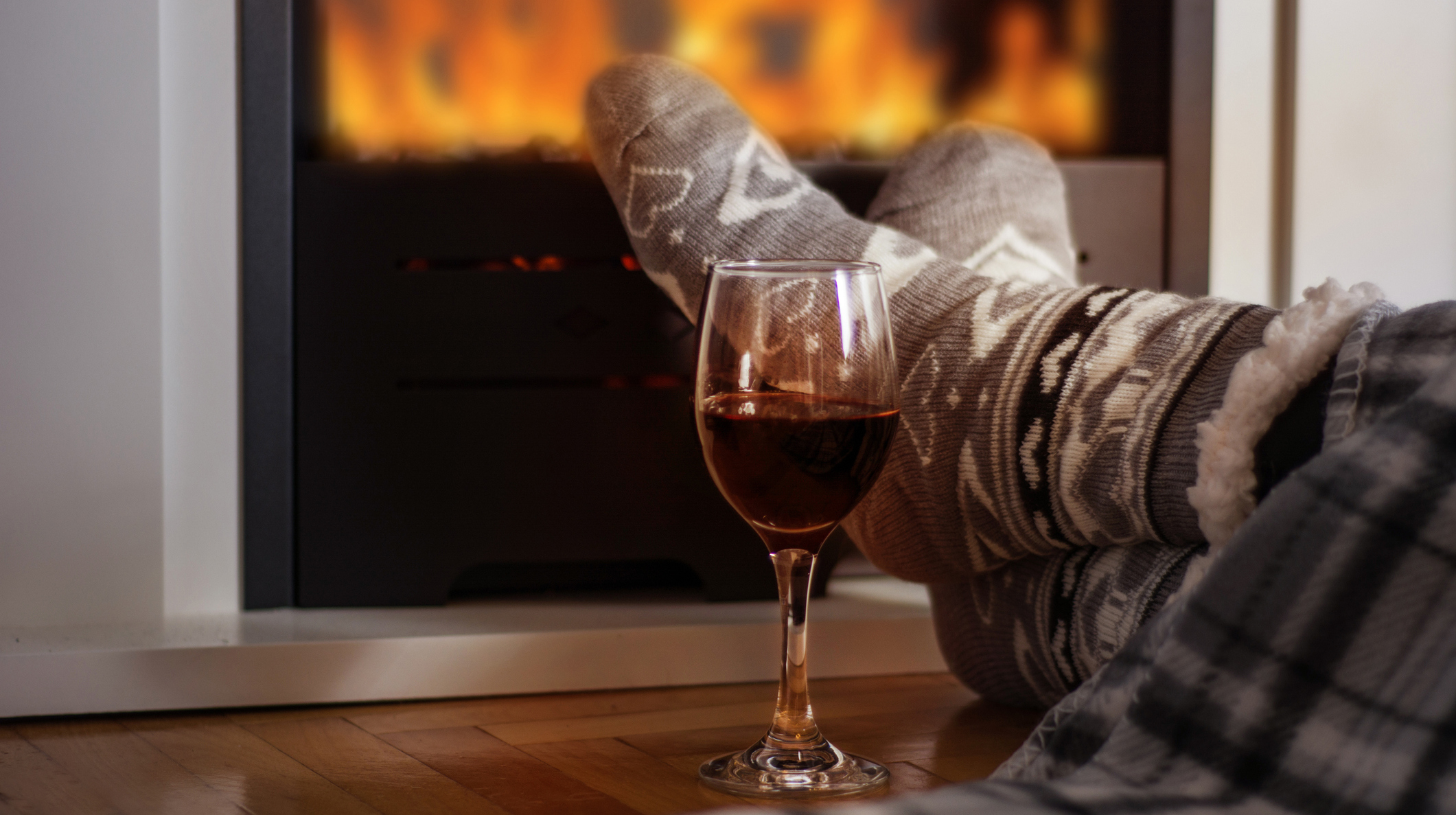Science Proves What North Dakota Already Knew: People In Cold Places Drink More
Once Daylight Savings Time ends, it's hibernation or bust. Blankets, Uggs, spiked cocoa, Netflix marathons, ordering Chick-fil-A delivery—no sense of dignity remains, for we are S.A.D. It's conventional wisdom that people in colder climates drink more (hi Russia), but researchers say there was no scientific proof of that—until now.
Researchers from the University Of Pittsburgh published these findings in the journal Hepatology: incidents of binge drinking and overall alcohol consumption were higher in areas of the world with lower average temperatures and fewer hours of sunshine.
"Everybody assumed this, but nobody has demonstrated it," Ramon Bataller of the Pittsburgh Liver Research Center tells the Pittsburgh Post-Gazette.
His analysis of World Health Organization and World Meteorological Organization data, conducted with colleague Meritxell Ventura-Cots, shows that people in warmer geographies consume less alcohol overall and are less likely to binge drink.
Even within the U.S., the study found higher prevalence of binge-drinking in northern states that border Canada, like Montana, North Dakota, Minnesota, and Michigan. (Curiously, Maine and Washington state demonstrate lower rates of binge-drinking. Do their central heating systems work better?) Check out the global maps over at the Post-Gazette: That giant blob of red indicating high alcohol consumption per capita? It's hanging out over Russia, central Europe, and the Baltic states.
While all that vodka might be helping residents feel warmer inside, it comes with a price, of course: higher rates of liver disease.
